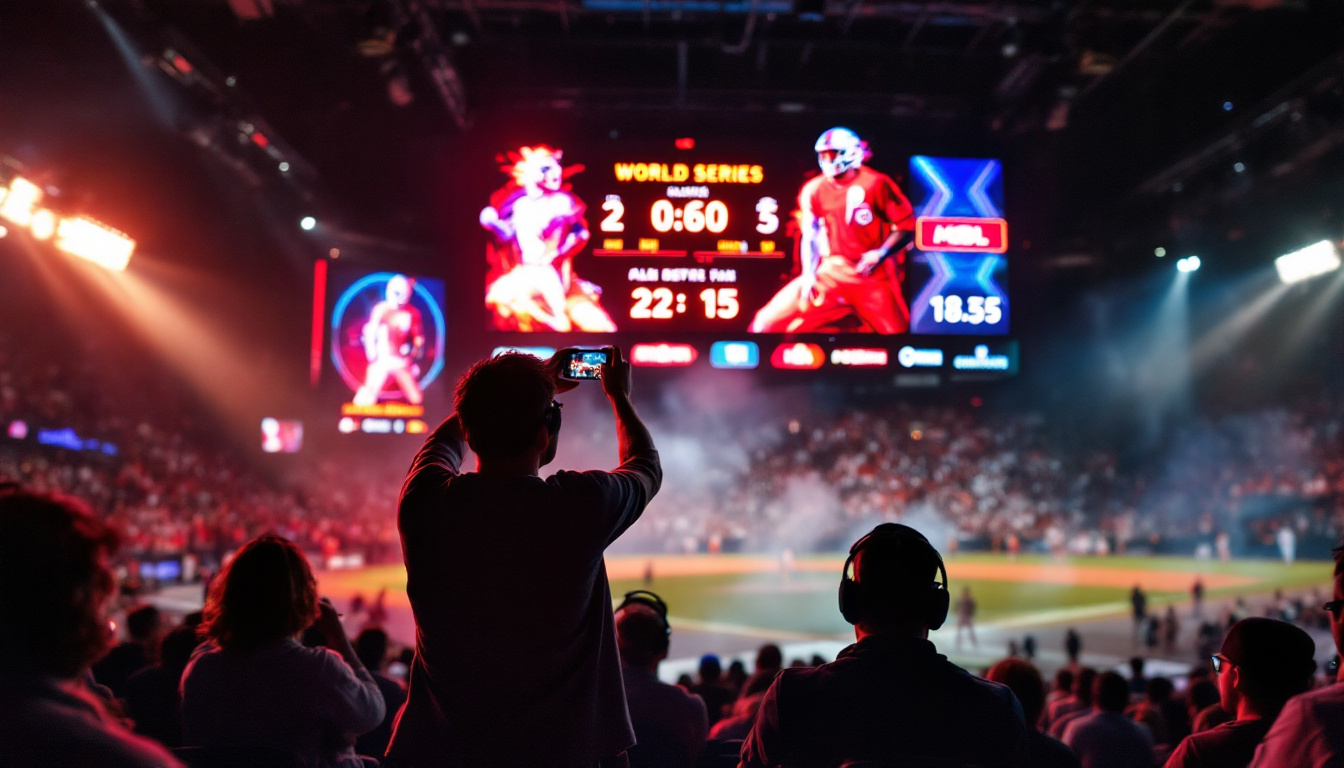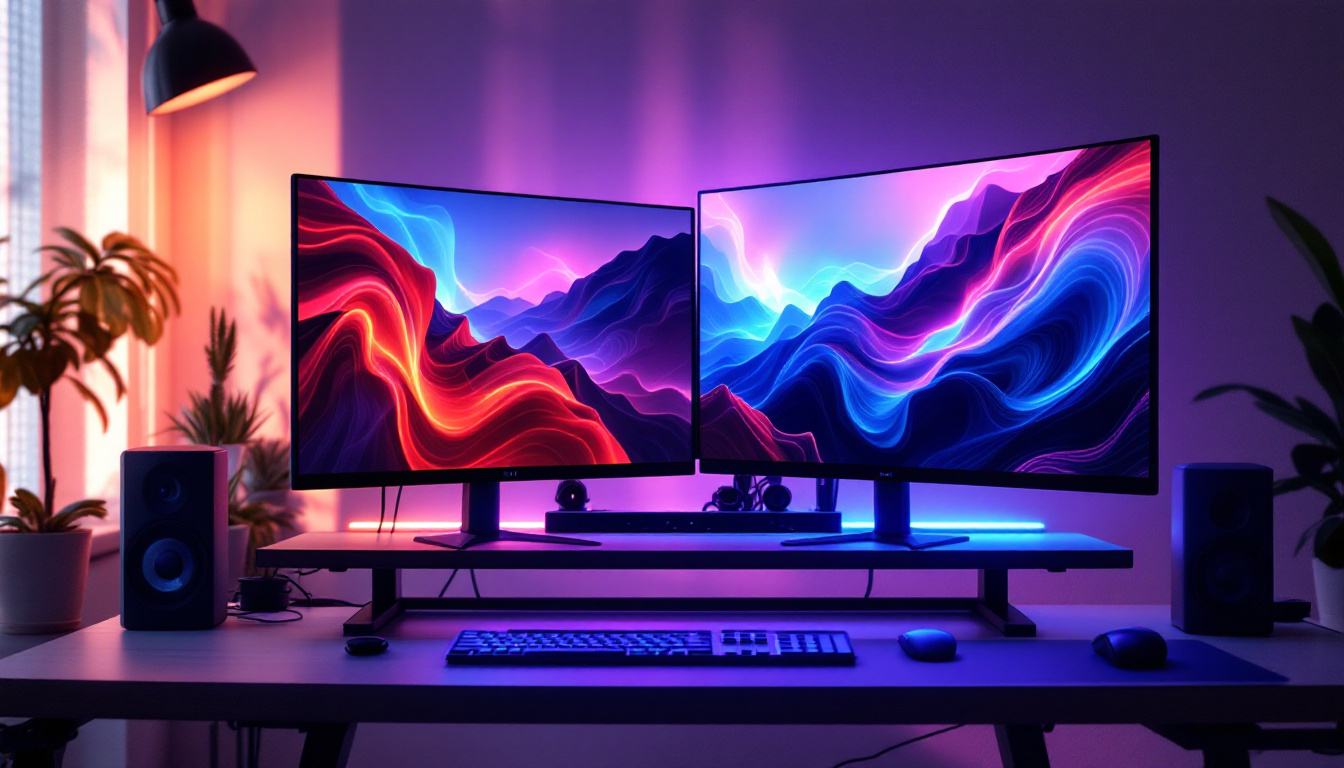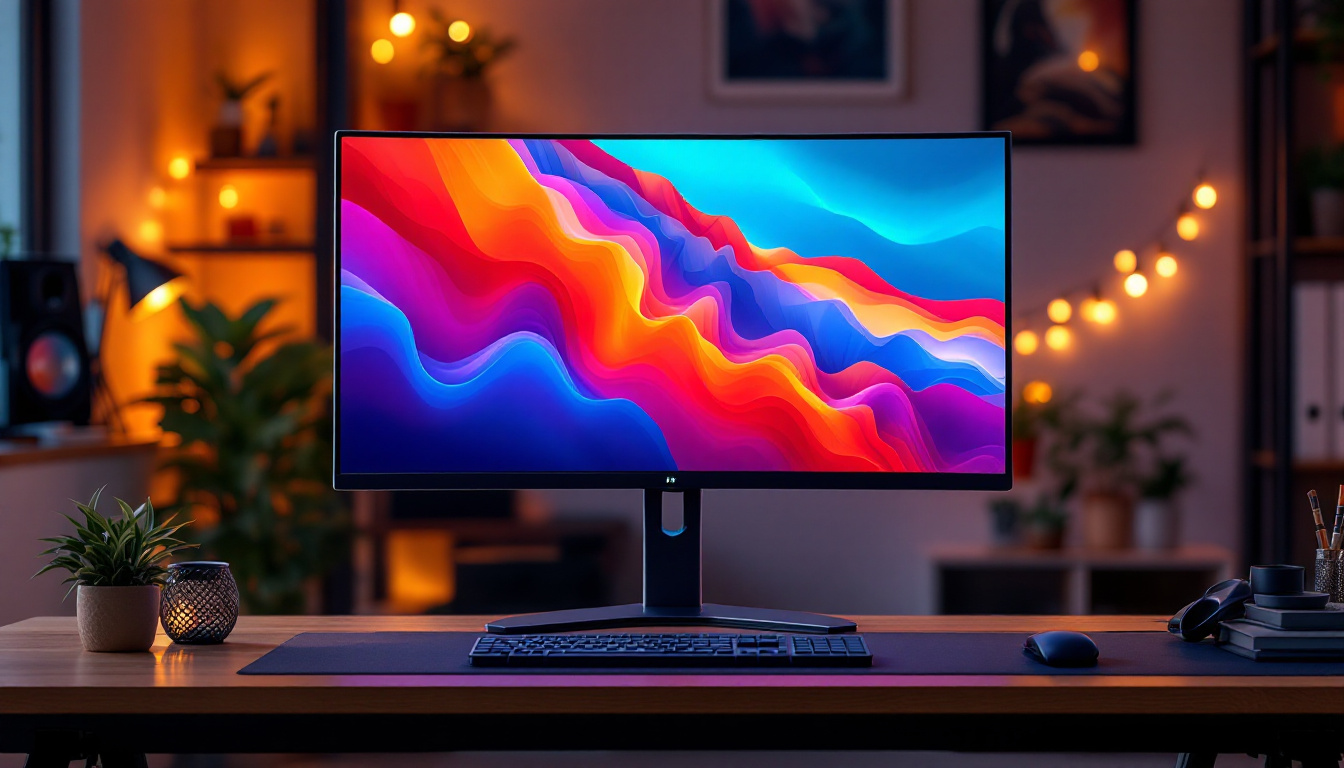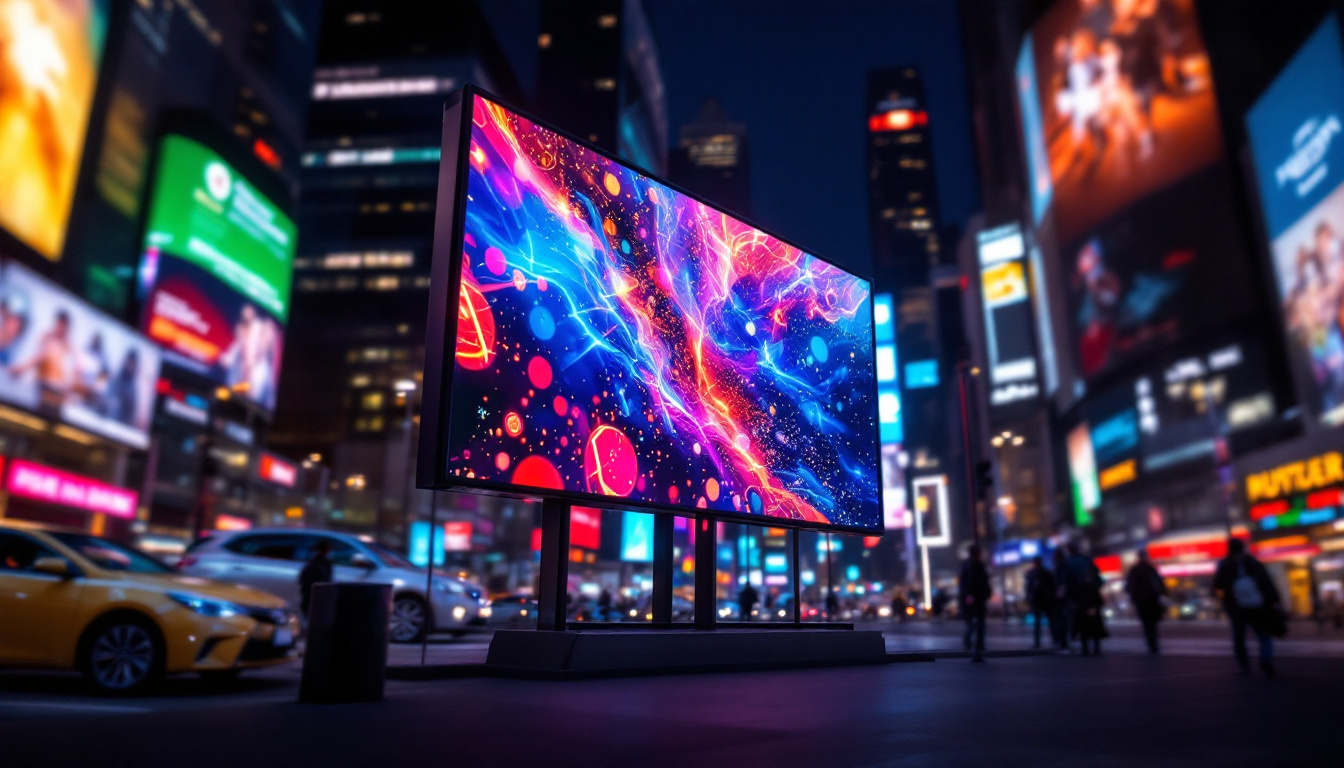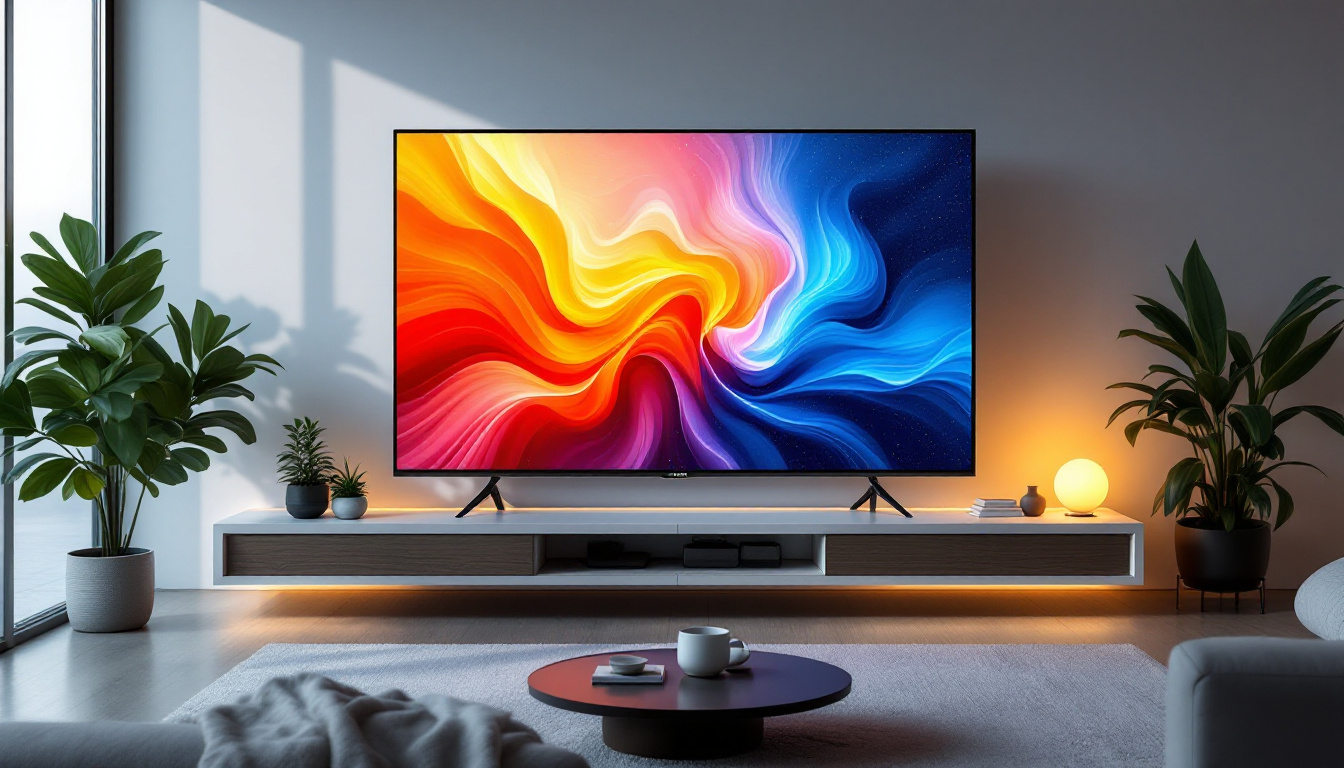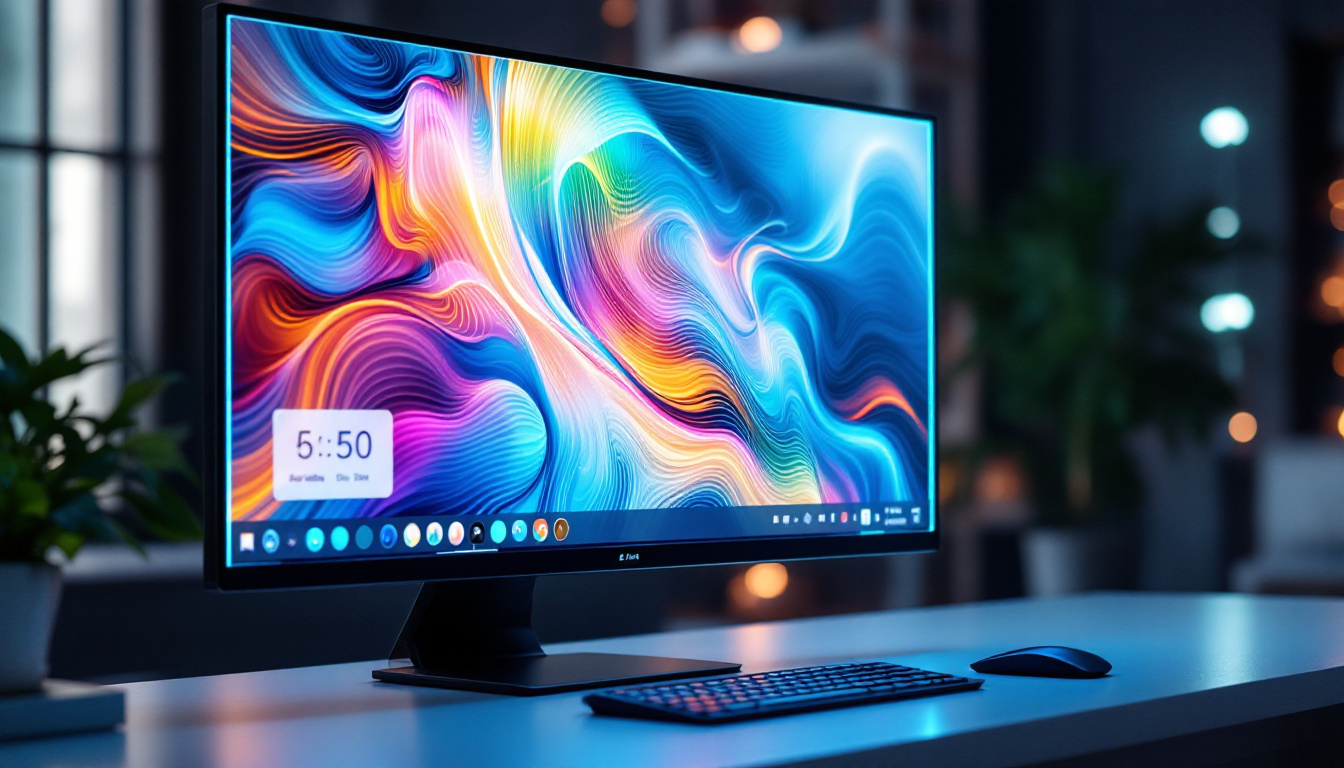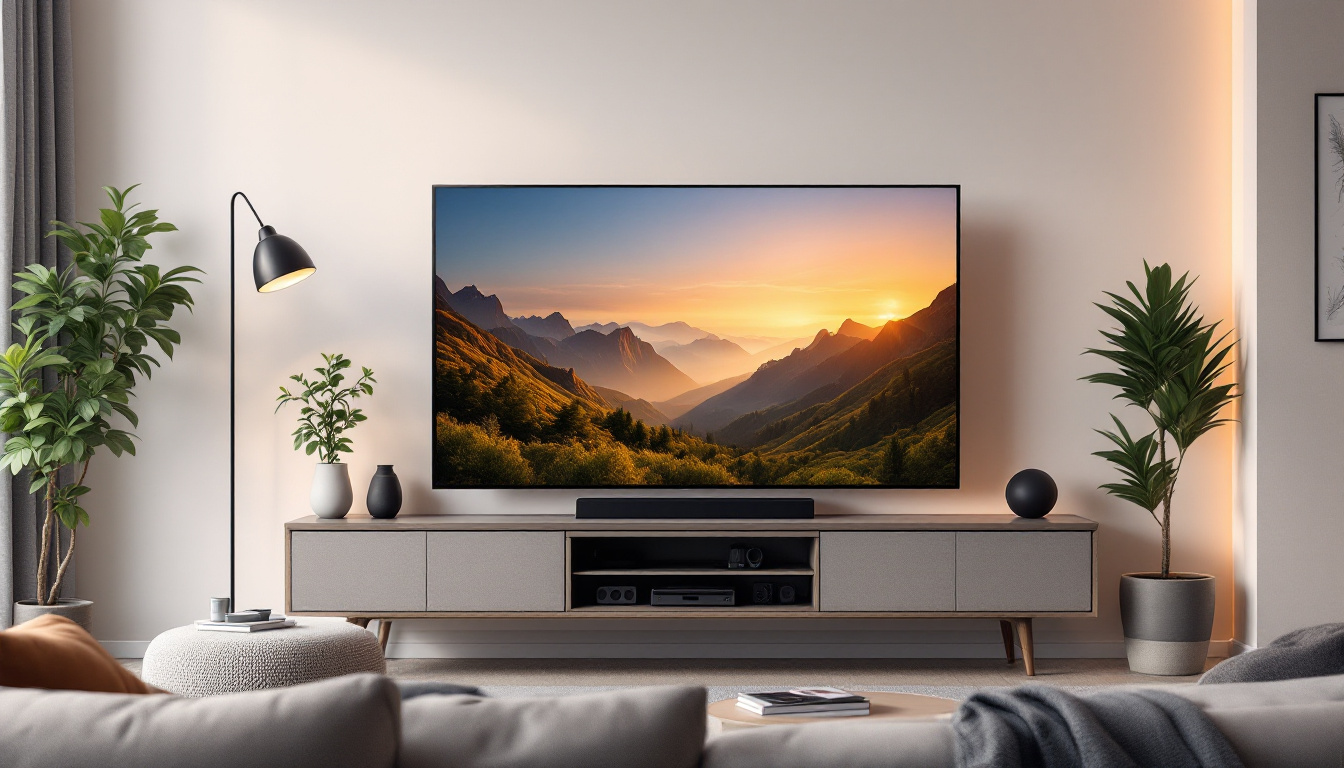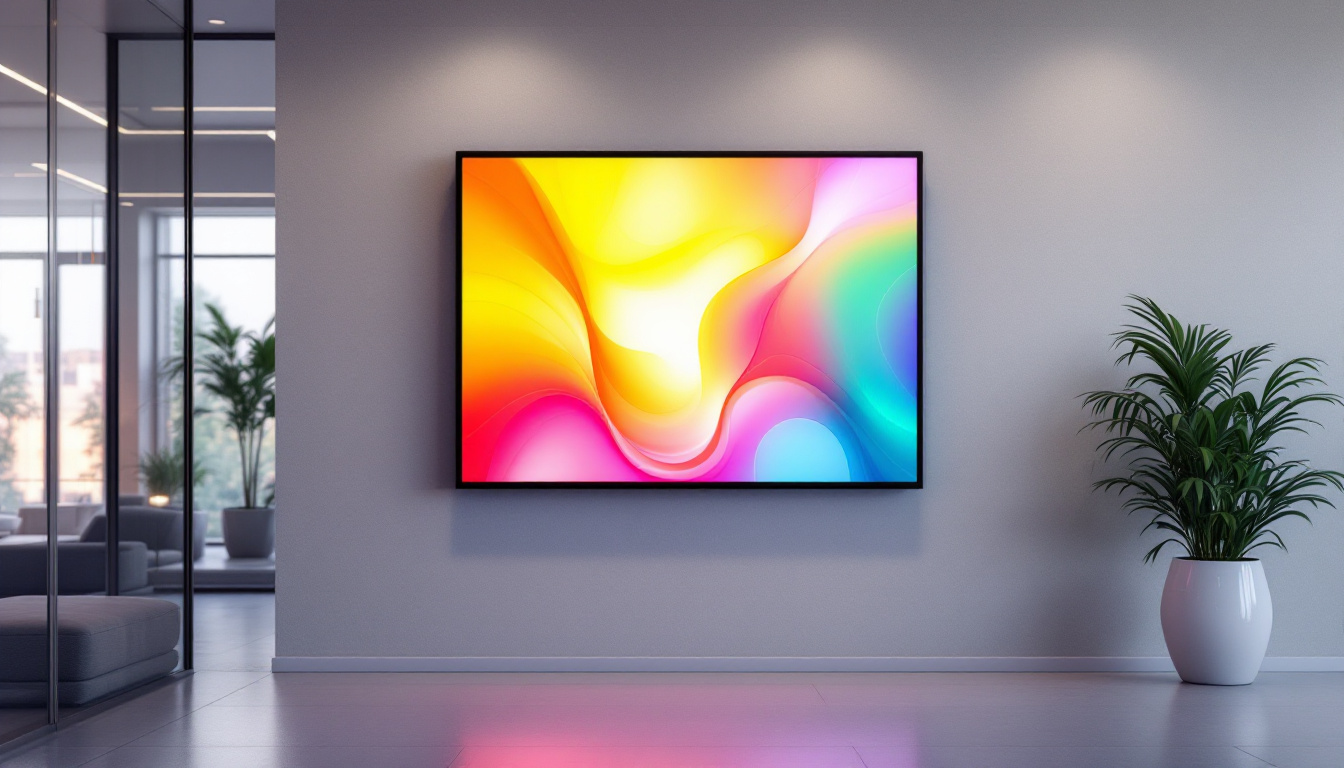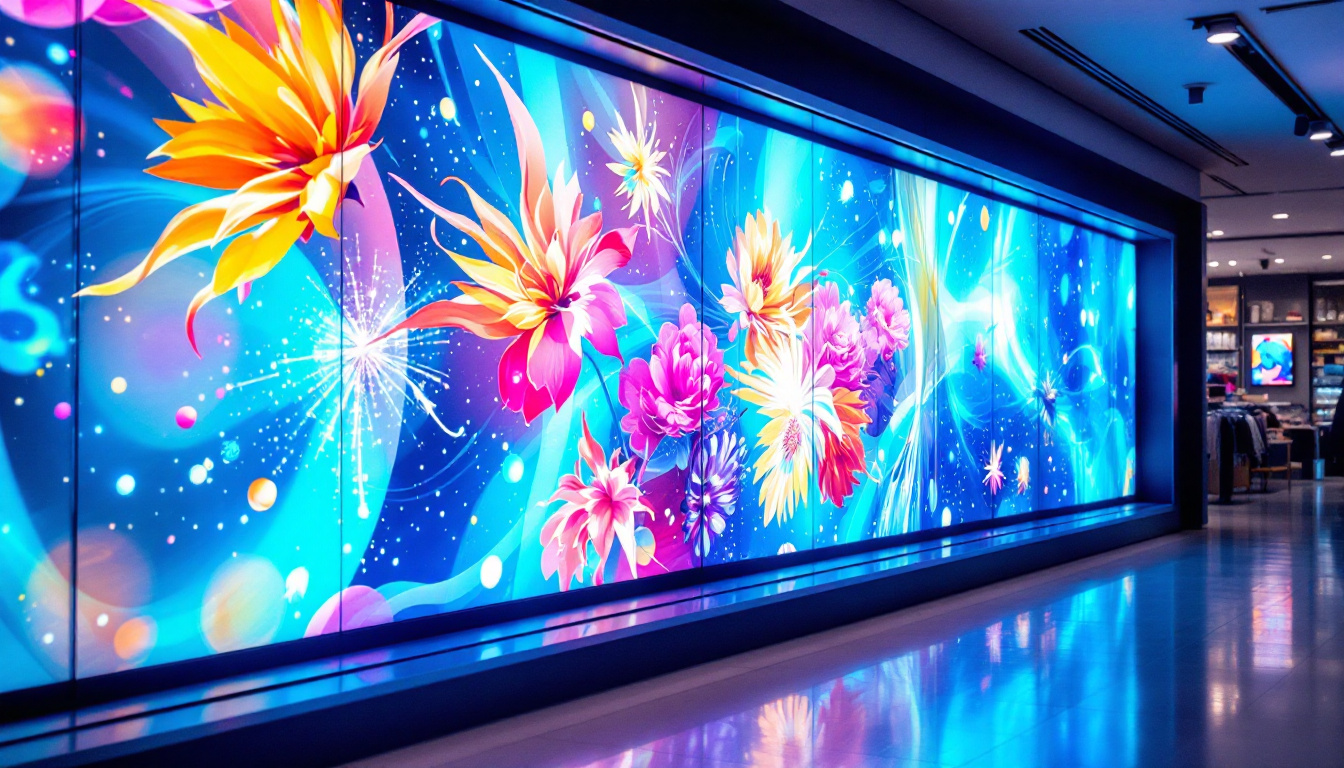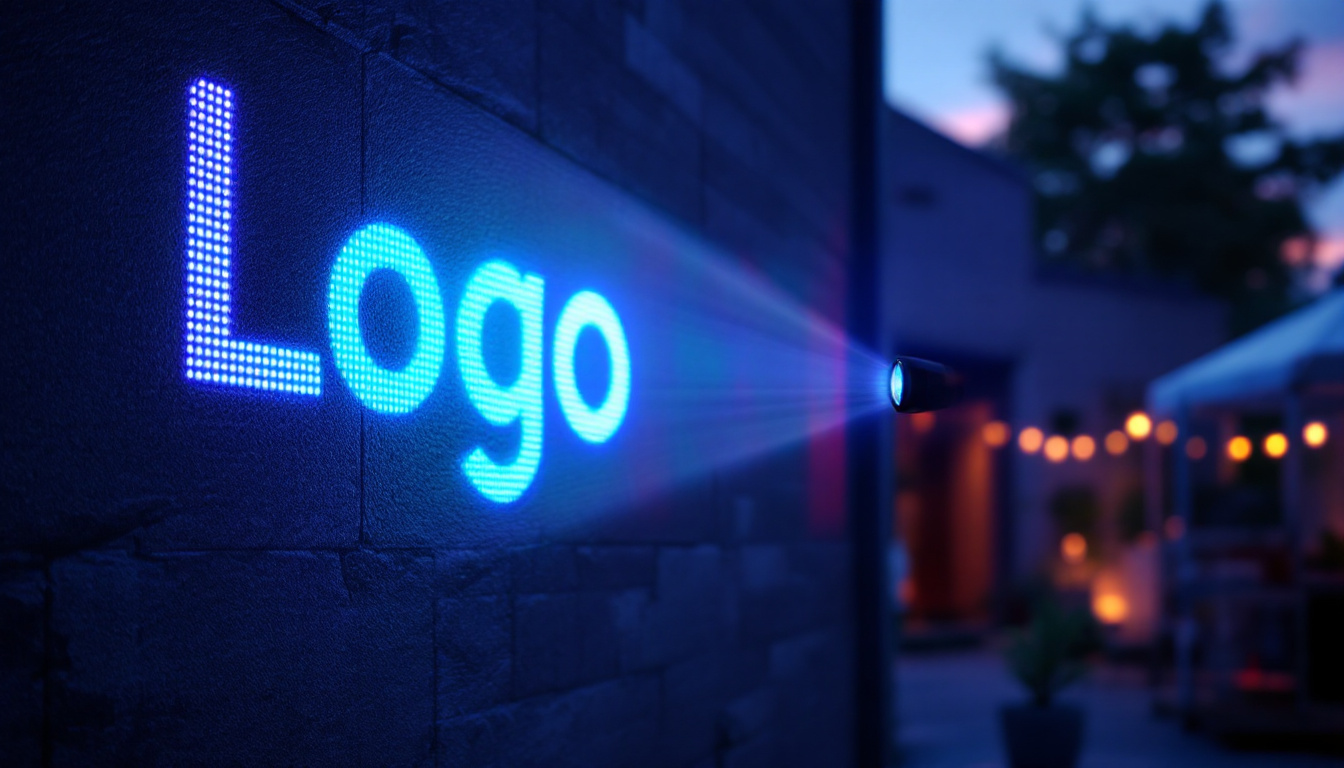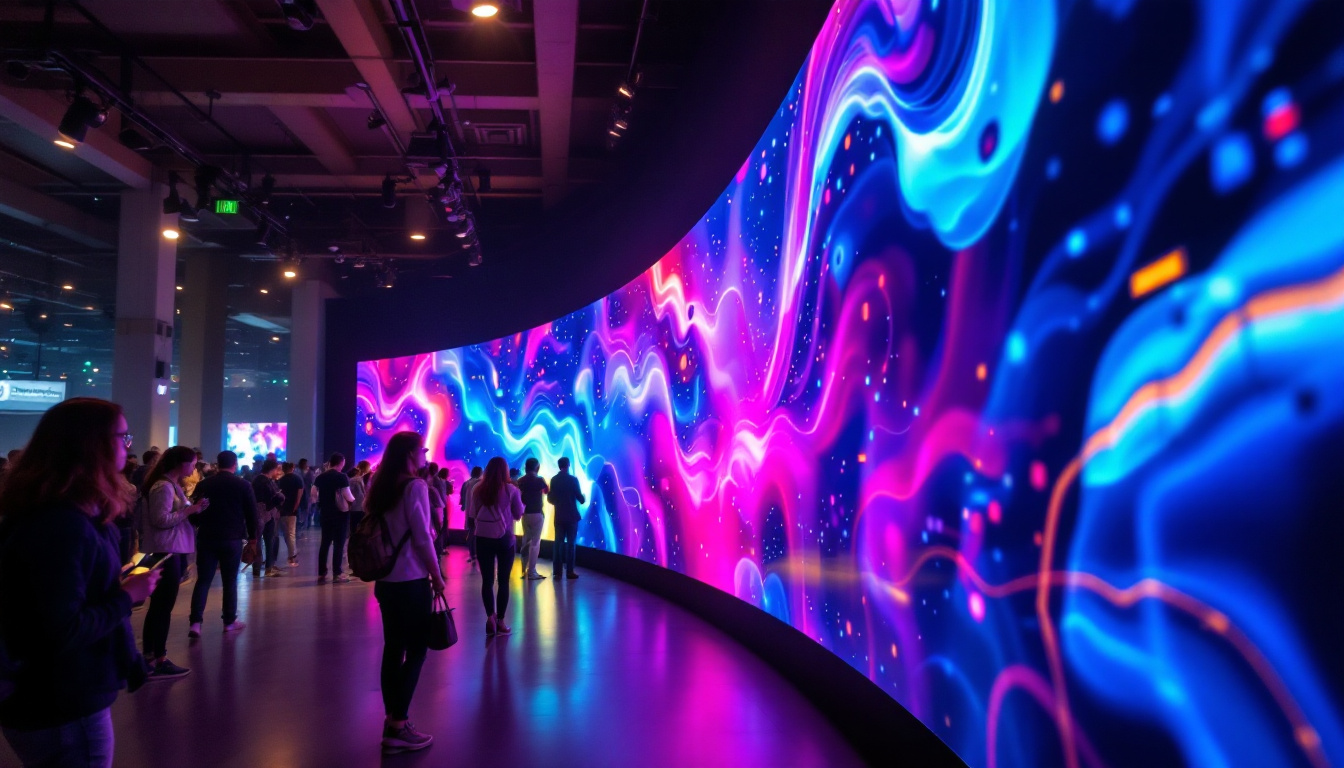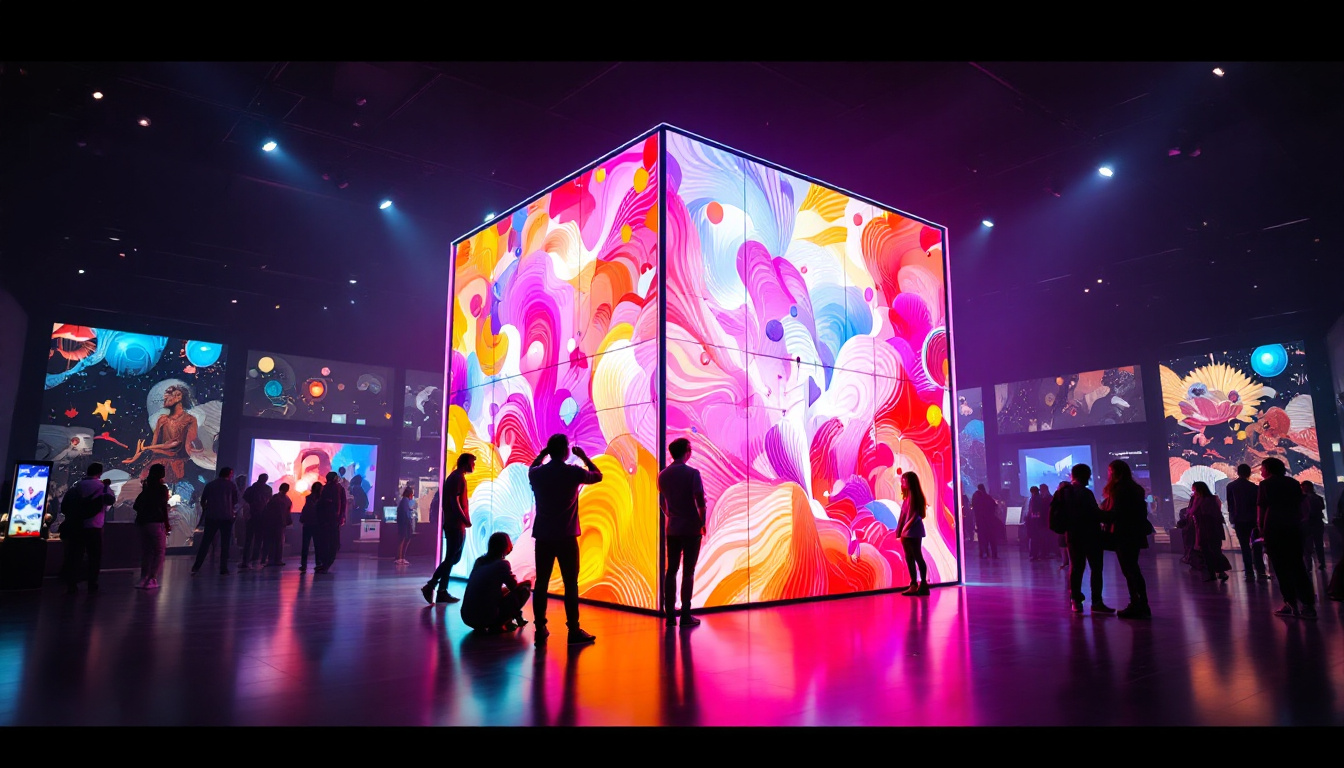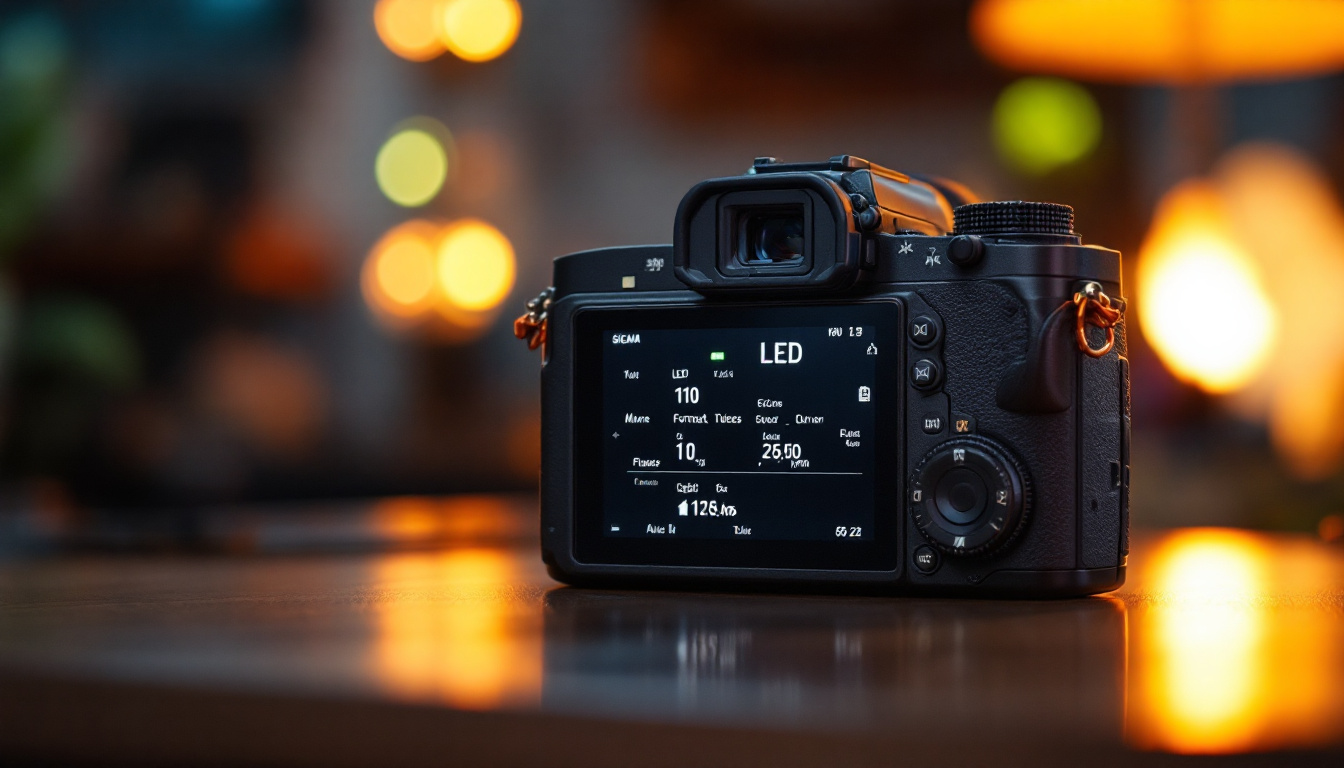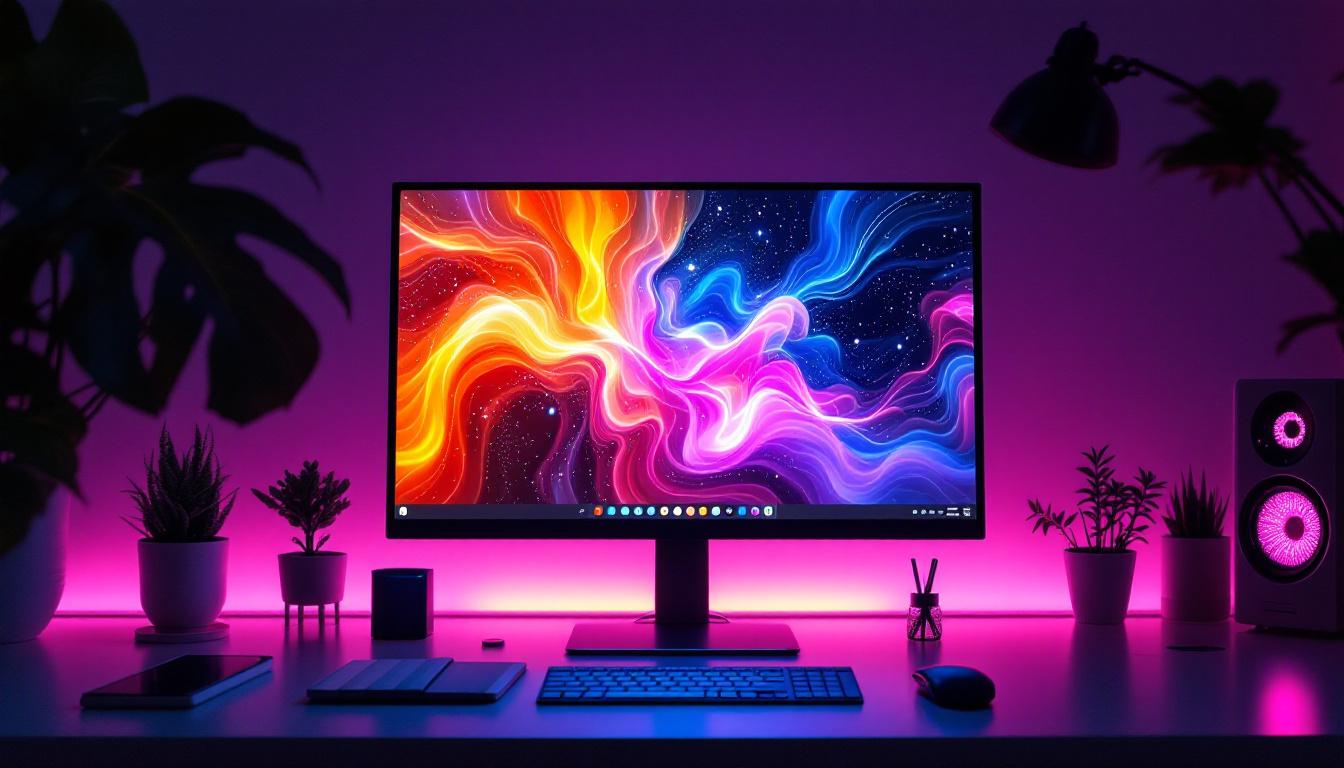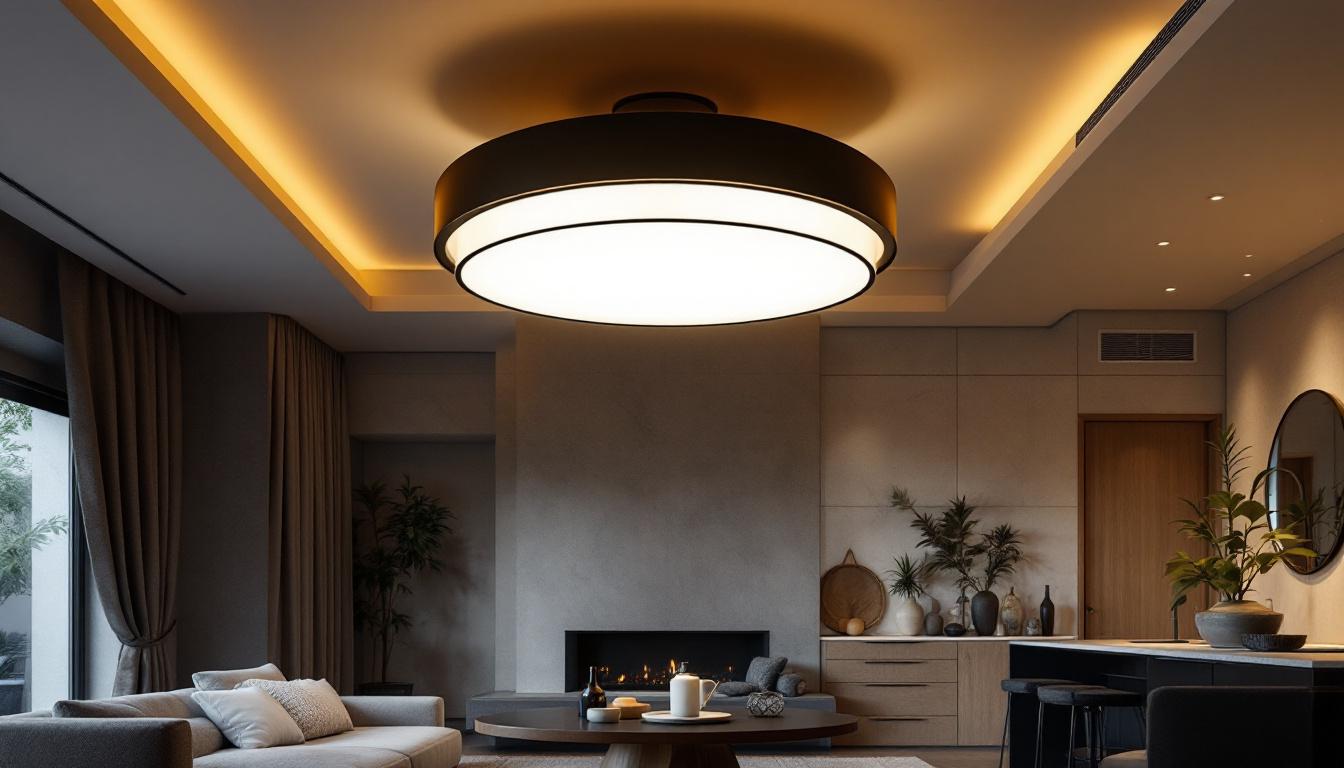Choosing the right computer monitor is a critical decision for both casual users and professionals alike. With the rapid advancement of display technologies, LED monitors have become the standard in the market, offering superior brightness, energy efficiency, and color accuracy. However, understanding the standard sizes and specifications of these LED displays can be overwhelming given the variety of options available. This article aims to demystify the standard computer monitor sizes, explain the benefits of LED displays, and guide you through selecting the ideal monitor for your needs.
Understanding Standard Monitor Sizes
When it comes to computer monitors, size is one of the most important factors to consider. The size of a monitor is typically measured diagonally from one corner of the screen to the opposite corner, expressed in inches. Standard monitor sizes have evolved over the years, adapting to the demands of different users, from office workers to gamers and creative professionals.
Common Monitor Sizes and Their Uses
Today, the most common computer monitor sizes range from 21 inches up to 32 inches, with some ultrawide and specialty monitors exceeding these dimensions. Here’s a breakdown of popular sizes and their typical applications:
- 21 to 24 inches: These monitors are ideal for general office work, web browsing, and casual gaming. They offer a good balance between screen real estate and desk space, making them popular in corporate environments.
- 25 to 27 inches: This size range is favored by creative professionals such as graphic designers, video editors, and photographers. The larger screen allows for better multitasking and more detailed work.
- 28 to 32 inches: Larger monitors in this category are often used by gamers and professionals who require immersive experiences or extensive screen space for complex workflows.
Beyond these, ultrawide monitors with aspect ratios like 21:9 or even 32:9 are gaining traction, offering panoramic views and enhanced productivity for multitasking. These monitors can replace a dual-monitor setup, providing a seamless experience without the distracting bezels found in traditional multi-monitor arrangements. This is particularly beneficial for video editing, where a wider timeline can be displayed, or for gaming, where the immersive field of view can enhance the overall experience.
Aspect Ratios and Resolution
Monitor size alone does not determine the quality or usability of a display. Aspect ratio and resolution are equally important. The most common aspect ratio for standard monitors is 16:9, which suits most video content and general computing tasks. However, 16:10 and 21:9 ratios are also popular among professionals and gamers for their additional vertical or horizontal space. The choice of aspect ratio can significantly impact how content is viewed, with wider ratios often providing a more cinematic experience for films and games.
Resolution refers to the number of pixels displayed on the screen. Standard resolutions include Full HD (1920×1080), Quad HD (2560×1440), and 4K UHD (3840×2160). Larger monitors often pair well with higher resolutions to maintain sharp image quality and prevent pixelation. Additionally, advancements in display technology, such as OLED and Mini-LED, have further enhanced color accuracy and contrast ratios, making high-resolution displays even more appealing for tasks that require precision, such as digital art or photo retouching. As a result, users are increasingly prioritizing both size and resolution to create a more engaging and productive visual experience.
What Makes LED Displays the Standard?
LED (Light Emitting Diode) technology has revolutionized computer monitors, becoming the standard choice for most users. Understanding why LED displays dominate the market requires a look at their technology and advantages over older display types.
How LED Technology Works
Unlike older LCD monitors that used cold cathode fluorescent lamps (CCFL) for backlighting, LED monitors use light-emitting diodes. These tiny diodes provide illumination behind the LCD panel, which controls the color and brightness of each pixel. The result is a brighter, more energy-efficient display with better color accuracy.
There are two main types of LED backlighting: edge-lit and full-array. Edge-lit LEDs are positioned around the edges of the screen, allowing for thinner monitors but sometimes uneven brightness. Full-array LED backlighting places LEDs directly behind the screen, enabling local dimming and improved contrast ratios. This technology not only enhances the viewing experience for movies and gaming but also makes it easier to work with detailed graphics, as the colors pop more vividly and the details are sharper.
Benefits of LED Monitors
- Energy Efficiency: LED monitors consume significantly less power than CCFL-backlit LCDs, reducing electricity costs and environmental impact.
- Improved Brightness and Contrast: LEDs can achieve higher brightness levels and deeper blacks, enhancing image quality for both work and entertainment.
- Longer Lifespan: LEDs generally last longer than traditional backlighting methods, making LED monitors a more durable investment.
- Slimmer Designs: The compact size of LEDs allows manufacturers to produce thinner and lighter monitors, saving desk space and improving aesthetics.
Another significant advantage of LED displays is their ability to support a wider color gamut, which means they can reproduce a broader range of colors compared to older technologies. This is particularly beneficial for graphic designers, photographers, and videographers who rely on precise color representation for their work. Furthermore, many LED monitors come equipped with advanced features such as high dynamic range (HDR) support, which enhances the contrast and color accuracy even further, making images appear more lifelike.
Additionally, LED technology has paved the way for innovations such as curved and ultra-wide monitors, which provide immersive viewing experiences that are ideal for gaming and multitasking. These designs not only enhance visual comfort by reducing eye strain but also create a more engaging environment for users, whether they’re working on complex projects or enjoying their favorite films. As technology continues to evolve, LED displays are likely to incorporate even more sophisticated features, further solidifying their position as the preferred choice for consumers and professionals alike.
Choosing the Right LED Monitor Size for Your Needs
With a clear understanding of standard sizes and LED technology, the next step is selecting the monitor size that best fits your specific use case. Several factors should influence this decision, including workspace constraints, intended use, and budget.
Consider Your Workspace and Viewing Distance
Before purchasing, measure the available space on your desk and consider how far you typically sit from the screen. For example, a 27-inch monitor is best viewed from about 20 to 30 inches away. Sitting too close to a large monitor can cause eye strain, while a small monitor viewed from too far may lead to difficulty reading text or seeing details.
Match Monitor Size to Your Primary Use
Different activities benefit from different screen sizes:
- Office Productivity: A 22 to 24-inch monitor with Full HD resolution is sufficient for spreadsheets, word processing, and web browsing.
- Creative Work: For photo editing, video production, and graphic design, a 27-inch or larger monitor with at least Quad HD resolution is recommended to ensure color accuracy and workspace.
- Gaming: Gamers often prefer 27 to 32-inch monitors with high refresh rates and low response times. Ultrawide monitors can also enhance the immersive experience.
- Multitasking: Ultrawide monitors or dual-monitor setups provide ample screen space for managing multiple applications simultaneously.
Budget Considerations
While larger, higher-resolution monitors offer superior experiences, they also come at a higher cost. LED monitors are available across a broad price spectrum, from budget-friendly 21-inch models to premium 32-inch 4K displays with advanced features like HDR and color calibration.
Investing in the right monitor size and quality can improve productivity and reduce eye fatigue, making it worthwhile to allocate budget thoughtfully.
Additional Features to Look for in LED Monitors
Beyond size and resolution, several other features can significantly impact your satisfaction with an LED monitor.
Refresh Rate and Response Time
Refresh rate, measured in hertz (Hz), indicates how many times the screen updates per second. A standard refresh rate is 60Hz, but gaming monitors often offer 120Hz, 144Hz, or even 240Hz for smoother motion. Response time, measured in milliseconds (ms), reflects how quickly pixels change color; lower response times reduce motion blur.
Color Accuracy and Gamut
For professionals in photography, design, or video editing, color accuracy is paramount. Look for monitors that cover a wide color gamut such as Adobe RGB or DCI-P3 and offer factory calibration or hardware calibration support.
Connectivity Options
Modern LED monitors typically include HDMI, DisplayPort, and USB-C ports. USB-C is especially useful for connecting laptops with a single cable that transmits video, data, and power.
Ergonomics and Adjustability
Adjustable stands that allow height, tilt, swivel, and pivot adjustments help maintain comfortable viewing angles and reduce strain during long work sessions.
Future Trends in Monitor Sizes and LED Technology
As display technology continues to evolve, the standard for computer monitor sizes and LED technology is also shifting. Here are some trends to watch:
Increasing Popularity of Ultrawide and Curved Monitors
Ultrawide monitors with aspect ratios of 21:9 or wider are becoming mainstream, especially for multitasking and immersive gaming. Curved screens complement these sizes by reducing distortion and improving viewing comfort.
Mini-LED and MicroLED Backlighting
Emerging backlighting technologies like Mini-LED and MicroLED promise even greater contrast ratios, brightness, and energy efficiency. Mini-LED uses thousands of tiny LEDs for precise local dimming, while MicroLED offers self-emissive pixels similar to OLED but with longer lifespan and no burn-in risk.
Higher Resolutions and Refresh Rates
4K monitors are becoming more affordable, and 8K displays are on the horizon. Additionally, higher refresh rates combined with high resolution are increasingly accessible, benefiting gamers and professionals alike.
Conclusion
Understanding standard computer monitor sizes and the advantages of LED displays is essential for making an informed purchase. Whether you prioritize productivity, creative work, gaming, or general use, selecting the right size and features can dramatically enhance your computing experience. LED technology remains the industry standard due to its superior performance, energy efficiency, and design flexibility. By considering your workspace, usage needs, and budget, you can find an LED monitor that perfectly fits your requirements and future-proofs your setup.
Discover the Future of Visual Display with LumenMatrix
Ready to elevate your visual experience with the latest in LED display technology? Look no further than LumenMatrix, a pioneer in crafting innovative LED solutions that bring your content to life. Whether you’re seeking dynamic Indoor LED Walls, expansive Outdoor Displays, mobile Vehicle LED options, sleek LED Posters, or specialized solutions like Sports, Floor, Custom, All-in-One, and Transparent LED Displays, LumenMatrix has you covered. Embrace the future of digital signage and create unforgettable visual narratives. Check out LumenMatrix LED Display Solutions today and transform the way you communicate visually.


